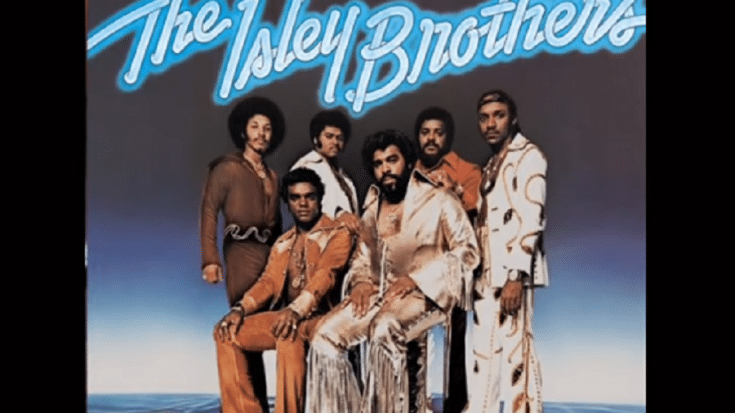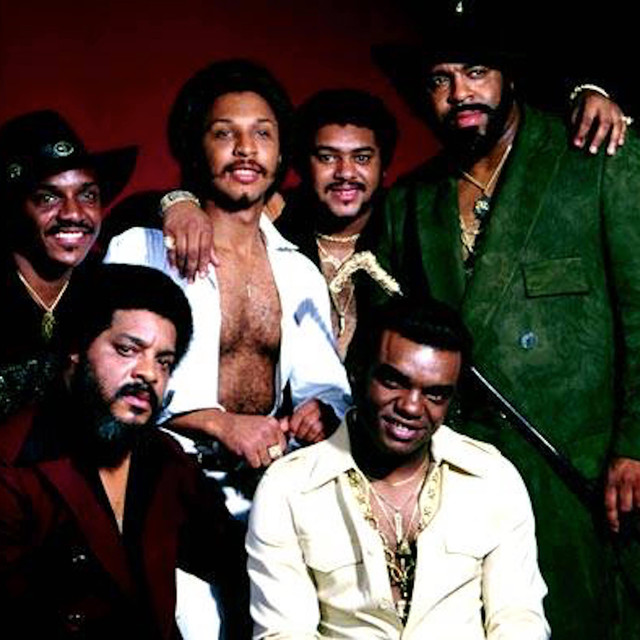

After a guitar solo slowed things down a bit dramatically for the break, the group tore into the bridge with ascending vocals that traded off between various members, reaching a downright orgiastic height at the end, garnished by Paul McCartney's delighted scream.


The Beatles followed the responsive lines in the Isleys' version for their harmonies, but added a Merseybeat giddiness, particularly in their all-out head-shaking "ooohs" at the end of the verses. Aside from making the version more rock than soul by building it around guitars and Ringo Starr's skipping drumbeats, John Lennon sang an absolutely amazing raunchy lead vocal - "larynx-tearing" is an adjective that's rightly been used. In early 1963, the Beatles recorded an even more exciting version for their debut album, Please Please Me. It made for a memorable hit single, but its story was far from done. The lead vocal got into some exhilarating falsetto repetitions of "shake it shake it baby" on the fade. But the real master trick of this rearrangement was a new bridge consisting solely of four ascending sung notes, the tempo becoming more emphatic and dramatic, ending in exultant sustained whooping before a "shake it on baby" led the Isleys back into the verse. The sexy, spine-chilling ensemble gospel-soul "ooohs" at the end of the verses helped a lot too, as did the Latin-like horn break in the instrumental mid-section. The Isleys also reworked the vocals a good deal, putting squealing gospel-fired soul passion into the lead, which was urged on by responsive "shake it up baby" and "twist and shout" harmony backup.

The Isley Brothers slowed the tempo substantially, putting it into a cha-cha-type rhythm with three ascending chords - a formula that co-composer Bert Berns often utilized (the chord progression is virtually identical to the McCoys' "Hang on Sloopy," for instance). The Top Notes made this basic soul-pop-dance tune into a Latin-tinged raveup with a drab generic R&B melody. 2) was actually drastically different than the Isleys' arrangement, and not very good. This obscure original version (reissued on the anthology All Night Boogie: The Great Atlantic Vocal Groups, Vol. Before the Isley Brothers did it for a Top Twenty single in 1962, the original version had been done on Atlantic by the obscure vocal group the Top Notes, produced by Phil Spector and Jerry Wexler. The tune has a history predating the first hit version (by the Isley Brothers) of which many listeners are unaware. "Twist and Shout" is one of the most familiar rock'n'roll standards, covered by many recording acts and many more bar bands that never made a record, even though only two artists had a big hit with the song. Initially a gospel quartet, the group was comprised of Ronald, Rudolph, O'Kelly, and Vernon Isley after Vernon's 1955 death in a bicycling.
Best isley brothers songs professional#
The first generation of Isley siblings was born and raised in Cincinnati, Ohio, where they were encouraged to begin a singing career by their father, himself a professional vocalist, and their mother, a church pianist who provided musical accompaniment at their early performances. First formed in the early '50s, the Isley Brothers enjoyed one of the longest, most influential, and most diverse careers in the pantheon of popular music - over the course of nearly a half-century of performing, the group's distinguished history spanned not only two generations of Isley siblings but also massive cultural shifts, which heralded their music's transformation from gritty R&B to Motown soul to blistering funk.


 0 kommentar(er)
0 kommentar(er)
